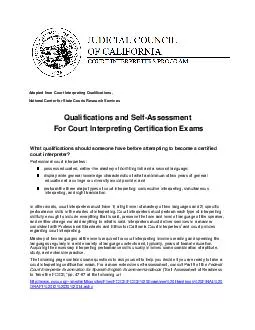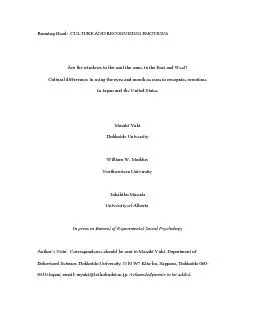PDF-Displaying data and interpreting results Displaying d
Author : myesha-ticknor | Published Date : 2015-06-02
96 CI SE 196 Expressed as a range around the percent 42 40 44 42 2 The range contains the average va lue of the percent which would result if all possible samples
Presentation Embed Code
Download Presentation
Download Presentation The PPT/PDF document "Displaying data and interpreting results..." is the property of its rightful owner. Permission is granted to download and print the materials on this website for personal, non-commercial use only, and to display it on your personal computer provided you do not modify the materials and that you retain all copyright notices contained in the materials. By downloading content from our website, you accept the terms of this agreement.
Displaying data and interpreting results Displaying d: Transcript
Download Rules Of Document
"Displaying data and interpreting results Displaying d"The content belongs to its owner. You may download and print it for personal use, without modification, and keep all copyright notices. By downloading, you agree to these terms.
Related Documents














